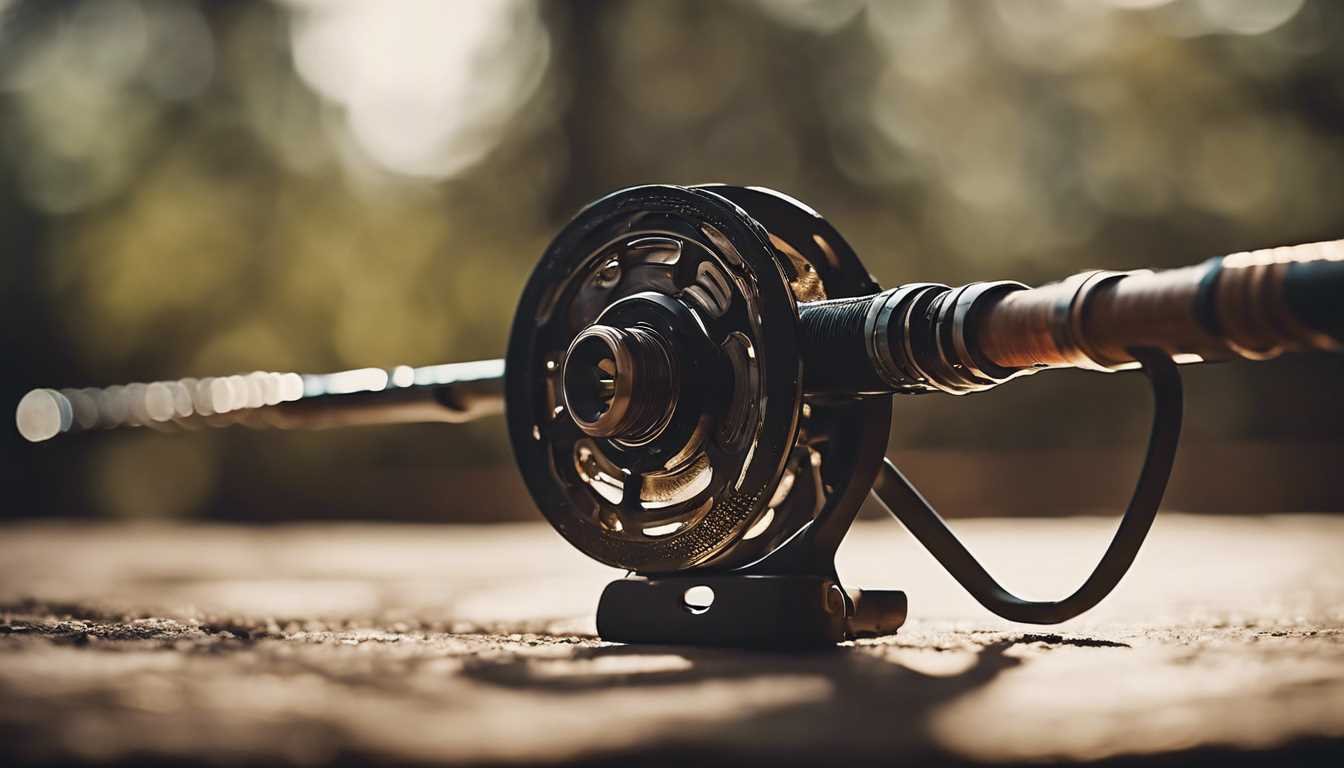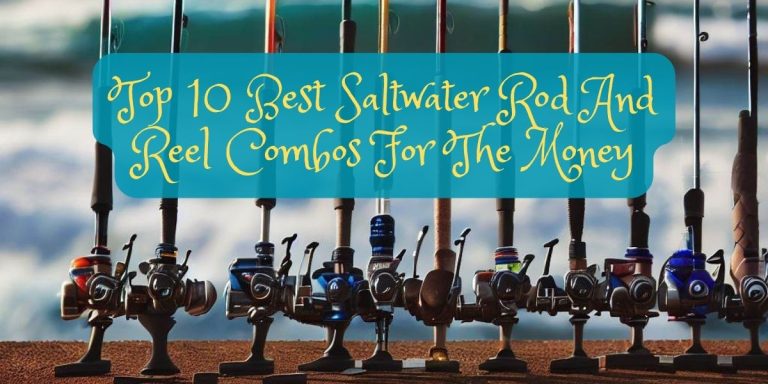I’ll never forget the first time I picked up a carbon fiber fishing rod. After years of wrestling with heavy fiberglass sticks that left my arms aching after a full day on the water, that first carbon rod felt like magic in my hands.
The sensitivity was incredible – I could feel every pebble my jig bounced off, every subtle tap of a fish mouthing my bait. That’s the moment I truly understood why Carbon Fiber Technology in Modern Fishing Rods has completely revolutionized our sport.
 Modern carbon fiber rod manufacturing combines precision engineering with advanced materials science
Modern carbon fiber rod manufacturing combines precision engineering with advanced materials science
Carbon fiber didn’t just improve fishing rods – it transformed them entirely. What started as aerospace technology found its way into our tackle boxes, bringing with it unprecedented sensitivity, reduced weight, and casting precision that would have been impossible with traditional materials.
Today’s carbon fiber rods represent the pinnacle of fishing rod engineering, combining advanced material science with decades of angling expertise.
Understanding Carbon Fiber Technology
What Makes Carbon Fiber Special?
Carbon fiber consists of extremely thin strands of carbon atoms bonded together in a crystalline formation. When these fibers are woven together and combined with epoxy resin, they create a composite material that’s remarkably strong yet incredibly lightweight.
The key to understanding Carbon Fiber Technology in Modern Fishing Rods lies in appreciating how this unique structure translates to superior fishing performance.
 Visual comparison showing the structural differences between carbon fiber and traditional materials
Visual comparison showing the structural differences between carbon fiber and traditional materials
The magic happens at the molecular level. Carbon atoms form strong covalent bonds, creating long chains that resist stretching and compression.
When these chains are aligned in the same direction and bound with resin, they create a material that’s five times stronger than steel while being significantly lighter.
The Science Behind Sensitivity
One of the most remarkable aspects of carbon fiber technology is its ability to transmit vibrations. Unlike fiberglass, which tends to dampen vibrations, carbon fiber amplifies them. This means every subtle movement underwater – from a fish gently mouthing your bait to your lure ticking bottom structure – travels up the rod blank with remarkable clarity.
Manufacturing Process: From Raw Materials to Finished Rod
The Pultrusion Process
The heart of modern carbon fiber rod manufacturing lies in a process called pultrusion, where continuous carbon fibers mixed with epoxy resin are pulled through heated forming dies. This creates straight, rigid, lightweight rods with exceptional uniformity and strength characteristics.
 Detailed view of the carbon fiber rod manufacturing process showing fiber alignment and resin application
Detailed view of the carbon fiber rod manufacturing process showing fiber alignment and resin application
Advanced Manufacturing Innovations
Leading manufacturers like Toray have developed ultra-thin prepreg technology, creating circumferential reinforcement material as thin as 30 μm, now producible at approximately 10 μm. This advancement allows for incredibly precise control over rod action and performance characteristics.
The manufacturing process involves several critical steps:
- Fiber Preparation: Carbon fibers are arranged in specific patterns and orientations
- Resin Impregnation: Epoxy resin is carefully applied to bind the fibers
- Mandrel Wrapping: The impregnated fibers are wrapped around a steel mandrel
- Curing: Heat and pressure cure the resin, creating the final blank
- Finishing: The mandrel is removed, and the blank is finished to specifications
NANOALLOY™ Technology
Toray’s NANOALLOY™ technology represents nano-level material control with improved dynamic properties and vibration-absorbing capabilities. This innovation allows manufacturers to fine-tune rod performance characteristics at the molecular level.
Carbon Fiber Types and Modulus Ratings
Understanding Modulus: The Key to Performance
When shopping for carbon fiber rods, you’ll encounter terms like “24T” or “IM8.” These refer to the modulus – essentially, how much the material resists deformation under load. Higher modulus carbon requires less material to achieve the same stiffness, resulting in lighter, more responsive rods.
 High modulus carbon fiber blanks showing the precision engineering that goes into modern rod construction
High modulus carbon fiber blanks showing the precision engineering that goes into modern rod construction
The Tonnage System Explained
The tonnage system provides a standardized way to understand carbon fiber quality:
- 24T (IM6): 36 million modulus, 750,000 strain rate – Entry-level high-performance
- 30T (IM7): 40 million modulus – Mid-range performance balance
- 36T (IM8): 44 million modulus – High-end performance applications
- 40-60T (IM12): Ultra-high modulus for premium, specialized applications
Higher modulus doesn’t always mean better. While ultra-high modulus carbon creates incredibly sensitive, lightweight rods, it can also make them more brittle. The key is matching the modulus to your specific fishing applications.
Construction Methods: Hollow vs. Solid
The Hollow Advantage
Most premium carbon fiber rods feature hollow construction, and for good reason. Hollow blanks transmit vibrations directly through the blank to your hand, providing superior sensitivity compared to solid alternatives.
 Diagram showing how different rod actions affect performance characteristics
Diagram showing how different rod actions affect performance characteristics
The benefits of hollow construction include:
- Superior Sensitivity: Vibrations travel through the hollow core directly to the angler’s hands
- Weight Reduction: Significantly lighter, making them easier to cast and more comfortable for all-day fishing
- Faster Recovery: The tip snaps back quickly after flexing, improving lure control and casting accuracy
When Solid Makes Sense
Solid carbon construction still has its place, particularly for:
- Heavy-duty applications where maximum durability is required
- Boat rods that face rough handling
- Budget-conscious anglers seeking carbon performance at lower costs
- Beginners who prioritize forgiveness over ultimate sensitivity
Performance Characteristics
Sensitivity: Feeling Every Detail
The hallmark of quality carbon fiber rods is their exceptional sensitivity. Carbon fiber rods are renowned for their outstanding sensitivity, allowing anglers to detect even the most subtle of bites. This sensitivity advantage comes from carbon fiber’s unique ability to transmit vibrations with minimal damping.
Weight: All-Day Comfort
Modern carbon fiber rods are incredibly lightweight, reducing angler fatigue during long casting sessions. A typical 7-foot carbon spinning rod might weigh just 3-4 ounces, compared to 6-8 ounces for a comparable fiberglass rod.
Casting Precision
Carbon fiber rods excel in accuracy, providing anglers with the ability to cast with precision at varying distances. The combination of lightweight construction and fast recovery creates a rod that loads efficiently and releases energy precisely where you aim.
Scientific Validation
University of Maryland research uses three-point bending (3PB) flexural testing per ASTM D790 and finite element analysis to characterize carbon fiber rod performance. This scientific approach validates what anglers experience on the water: carbon fiber rods deliver measurably superior performance across multiple metrics.
Carbon Fiber vs. Other Materials
Performance Comparison Chart
| Material | Weight | Sensitivity | Durability | Cost | Best For |
|---|---|---|---|---|---|
| Carbon Fiber | Excellent | Excellent | Good | High | Precision fishing, tournament use |
| Fiberglass | Fair | Fair | Excellent | Low | General-purpose fishing |
| Graphite | Good | Good | Good | Medium | General purpose fishing |
| Bamboo | Fair | Good | Fair | High | Traditional fly fishing |
Why Carbon Fiber Wins
While each material has its place, carbon fiber’s combination of sensitivity, weight, and performance makes it the preferred choice for serious anglers. The technology has matured to the point where even entry-level carbon rods outperform premium rods made from traditional materials in most applications.
Applications by Fishing Scenario
Freshwater Applications
Bass Fishing: High-modulus carbon excels for techniques requiring sensitivity, such as drop-shotting, jigging, and finesse presentations. The immediate feedback helps detect light bites and maintain contact with the structure.
Trout Fishing: Ultra-light carbon rods provide the delicate presentation needed for spooky trout while maintaining enough backbone to fight fish effectively.
Pike and Musky: Heavy-duty carbon composites offer the strength needed for large predators while remaining sensitive enough to detect strikes.
Saltwater Applications
Surf Fishing: Long, powerful carbon blanks cast heavy weights and large baits while providing the sensitivity to detect distant strikes.
Offshore Fishing: High-strength, corrosion-resistant carbon construction handles large pelagic species while reducing angler fatigue during long fights.
Inshore Fishing: Lightweight, sensitive carbon rods excel for sight fishing scenarios where quick, accurate presentations are critical.
Leading Manufacturers and Technologies
Industry Leaders
Toray: Pioneer in carbon fiber fishing rods since 1972 with TORAYCA™ technology. Their continuous innovation in material science has pushed the entire industry forward.
St. Croix: Known for its advanced SCIV+ carbon fiber technology, offering exceptional performance across all price points.
Daiwa: Features SUPER HIGH VOLUME FIBER construction, maximizing strength while minimizing weight.
CTS Fishing: New Zealand-manufactured precision blanks with a focus on custom applications and rod building.
Emerging Technologies
The industry continues to evolve with innovations like:
- Hybrid carbon-glass composites for specific applications
- Nano-enhanced resins for improved durability
- Smart rod technology integration
- 3D-printed component integration
Cost Analysis and Value
Price Ranges by Performance Level
Understanding the value proposition of carbon fiber rods requires looking at the complete price spectrum:
- Entry-Level Carbon: $100-250 (Good performance, basic construction)
- Mid-Range Carbon: $250-500 (Excellent performance, advanced features)
- Premium Carbon: $500-800 (Outstanding performance, latest technology)
- Ultra-Premium: $800+ (Cutting-edge materials, custom features)
Value Considerations
While carbon fiber rods command premium prices, their performance advantages often justify the investment for serious anglers. The combination of increased sensitivity, reduced fatigue, and improved fishing success often pays for itself in enhanced fishing experiences.
Future Innovations
Market Trends and Growth
The fishing rod industry is experiencing significant growth, with the carbon fiber market surge showing 34% increase in demand and an emphasis on advanced material science and lightweight construction.
Emerging Technologies
Future developments in Carbon Fiber Technology in Modern Fishing Rods include:
- Smart Integration: Sensors embedded in rod blanks for bite detection and casting analysis
- Advanced Composites: Hybrid materials combining carbon with other high-performance fibers
- Nano-Enhancement: Molecular-level improvements in resin systems
- Sustainable Manufacturing: Environmentally friendly production processes
Frequently Asked Questions
Q: Are carbon fiber fishing rods worth the extra cost?
A: For most anglers, yes. The combination of increased sensitivity, reduced weight, and improved performance often justifies the higher price, especially for frequently used rods.
Q: How fragile are carbon fiber rods compared to fiberglass?
A: While carbon fiber rods can be more susceptible to impact damage, modern manufacturing techniques have greatly improved their durability. Proper care and handling make breakage rare.
Q: What’s the difference between graphite and carbon fiber rods?
A: Graphite and carbon fiber are essentially the same material. “Graphite” is often used as a marketing term, while “carbon fiber” more accurately describes the material composition.
Q: Can carbon fiber rods be repaired if damaged?
A: Minor tip damage can often be repaired, but major breaks typically require professional repair or replacement. Many manufacturers offer repair services.
Q: How do I choose the right modulus rating for my fishing style?
A: Consider your target species and techniques. Higher modulus works well for finesse applications, while moderate modulus offers better durability for heavy-duty fishing.
Q: Do carbon fiber rods require special care?
A: Basic care includes rinsing after saltwater use, avoiding impacts, and proper storage. They don’t require significantly different care than other premium rods.
Conclusion
Carbon Fiber Technology in Modern Fishing Rods represents one of the most significant advances in fishing equipment history. From the initial aerospace applications to today’s sophisticated rod blanks, carbon fiber has transformed how we experience fishing.
The technology offers tangible benefits: unmatched sensitivity that helps you feel every underwater detail, lightweight construction that reduces fatigue, and precision that improves casting accuracy. While the initial investment may be higher than traditional materials, the performance advantages and enhanced fishing experience make carbon fiber rods an excellent choice for serious anglers.
As manufacturing techniques continue to advance and innovations emerge, carbon fiber technology will undoubtedly continue evolving. Whether you’re targeting bass in your local lake or pursuing trophy fish in saltwater, a quality carbon fiber rod can elevate your fishing experience.
Ready to upgrade your fishing arsenal? Consider your specific fishing applications, budget, and performance requirements when selecting your next carbon fiber rod. The investment in advanced rod technology often pays dividends in improved fishing success and enjoyment on the water.
Continue exploring advanced fishing gear technology and techniques at SpinningPole.com, where we combine technical expertise with practical fishing knowledge to help you make informed decisions about your tackle.







